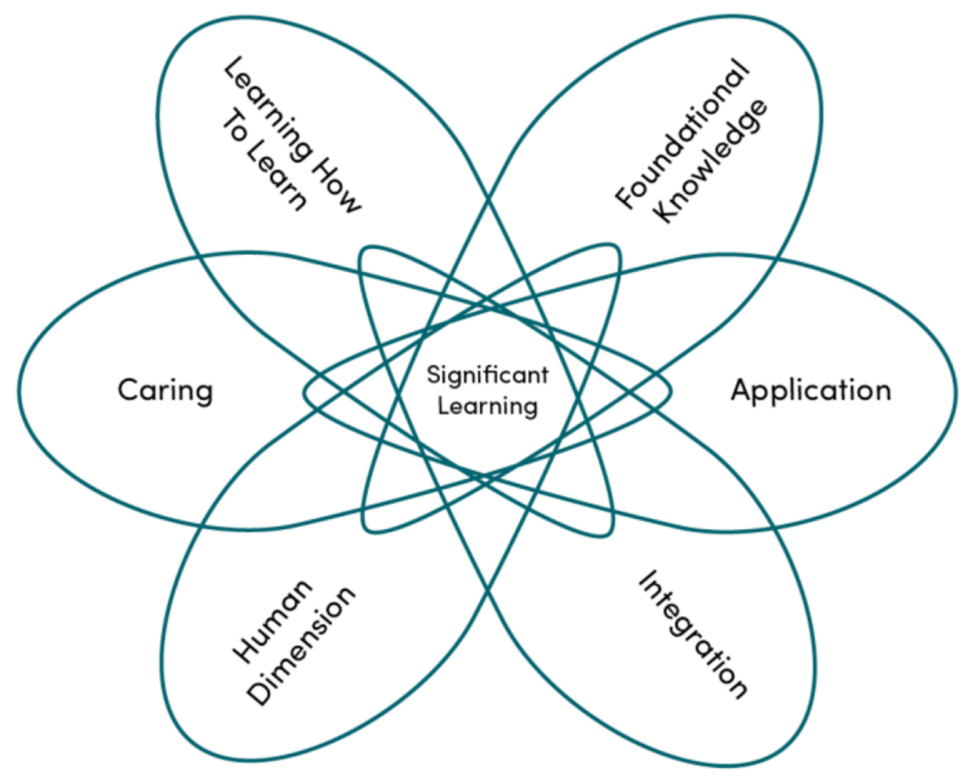I have been reading and thinking about Learning Outcomes, Alignment and Backward Design as I work away on a module for an upcoming course for instructors offered by our centre for teaching and learning. I’m working on the module about “planning for learning” that covers these three topics. As part of my preparation work for the module as well as my foundational reading as part of my role as a faculty developer I read this resource developed by my supervisor Liesel Knaack (2023).
The resource, entitled “Writing effective learning outcomes at program and course levels for post-secondary educators” provides a really nice, concise, well-designed overview with quite a lot of depth in its short 13 pages. It has a section on three parts of a learning outcome, and then clear directions with examples on how to write a good learning outcome. I really appreciated how Liesel included a big beautiful chart of learning outcome verbs from Gross & MacKeracher (n.d.) that is divided into columns according to domains of learning (affective, cognitive, psychomotor), and divided into rows by levels of learning (low, medium, high).
I feel that when helping other instructors learn about learning outcomes and how to write good ones it will be important to provide the information multiple times and in multiple formats, so I’m really excited to have this resource available to share alongside the information (and multiple other resources including videos and powerpoint presentations) on our institution’s Teach Anywhere website.
Image from the University of Buffalo, Fink’s Taxonomy of Significant Learning Outcomes (2013).

Leave a Reply
You must be logged in to post a comment.